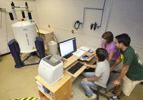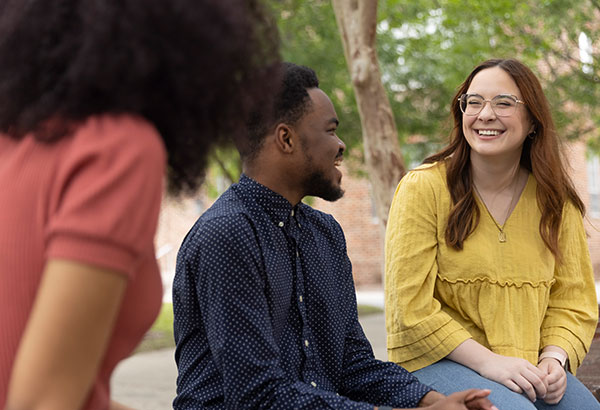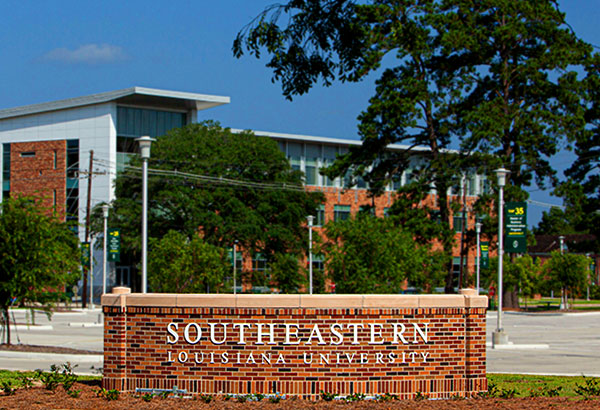Southeastern Chemistry Program benefiting from NSF-funded spectrometer
Wednesday, November 12, 2014 
by: Rene Abadie
NEW INSTRUMENT NOW IN USE – Southeastern Professor of Chemistry Debra Dolliver introduces chemistry students Binit Sharma Poudel, left, and Suraj Ayer, both of Nepal, to the operation of the university's new $274,000 nuclear magnetic resonance spectrometer. The equipment was funded through a grant from the National Science Foundation.
HAMMOND – Students and faculty in Southeastern Louisiana University are now utilizing a highly sophisticated nuclear magnetic resonance spectrometer in class projects and molecular research.
The $274,000 instrument, funded by the National Science Foundation and installed over the past summer, has become a valuable addition to the program's equipment arsenal, replacing a much older model donated to the university by an area industrial plant, explained chemistry Professor Debra Dolliver.
"The unit is basically an MRI for molecules," she said. "We can place a molecule in the magnetic field that's generated and this allows us to detect a surprising amount of information about the types of bonds and the order of connections between atoms. Compared to the older unit, this one has a higher magnetic field strength and can give us greater detail about the compounds."
"This new instrument brings us back to the state of the art," said Gerard Blanchard, head of the Department of Chemistry and Physics. "Analytical techniques are getting better, and the new instrument will give more precise information on the samples. This makes faculty and student research easier, faster and opens up new lines of research that were not previously available."
As part of their research, several Southeastern chemists are involved in making new compounds. The new machine allows scientists to better clarify the compounds and to see the finer structure in the molecules. The instrument will produce high resolution images that are of publication quality.
Undergraduate chemistry students at Southeastern are frequently involved in faculty research projects and will gain valuable experience working with the NMR, experience most often gained as a graduate student at other institutions.
"This allows our students to train on an instrument they will be expected to operate, once they graduate and enter the workforce or go to graduate school," Blanchard added.
Dolliver was assisted in applying for the grant by Jean Fotie, assistant professor of chemistry, in collaboration with Southeastern chemists Bill Parkinson, Zhengrong Li, Thomas Sommerfeld and physicist David Norwood.






